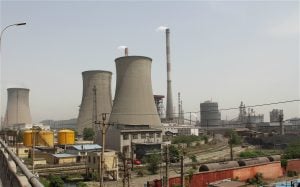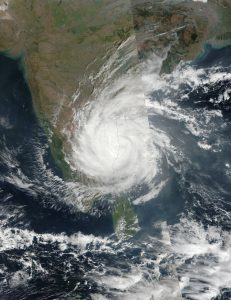Editor’s note: This is the first of a three-part photo series looking at the impact of the coal industry in rural China.
Many Chinese cities were founded on coal but are now being ruined by it. Forty years of rapid economic growth in China has driven a huge demand for energy that has transformed the landscape of coal-rich provinces in the south-east and north of the country. But as coal mines have become depleted or shut down as a result of slowing industrial growth, cities that once thrived on coal have suffered the most as they are forced to deal with a legacy of subsidence, lost agricultural land and dried-up rivers.
The boom years
The start of the 21st century was a golden era for the coal sector. Rapid expansion of state-owned coal firms led to huge profits, which attracted many kinds of investors, even from unrelated fields such as property, machinery and tobacco.
During the boom decade, rural residents in coal rich areas dug small mines, leased land and borrowed money to fund larger operations. Coal is known as “black gold” and a mine is a “mountain of gold”. Local economies hitched their carts to the coal boom and got rich from the energy buried beneath the ground.
But ten years later the huge firms are suffering losses, and the true costs of coal that were hidden by the boom are now increasingly apparent in environmental destruction and serious harm to human health from mining, transportation and coal use. These costs are not included in the price of coal.
The damage done
Research carried out by Tsinghua University and the Ministry of Environmental Protection’s Chinese Academy of Environmental Planning in 2014, found that external costs incurred throughout the coal lifecycle – use of water resources, impacts on health, and damage to the environment – totalled 260 yuan per tonne, nowhere near the taxes and fees on coal production and usage. It is society as a whole that pays these additional costs.
The study also found that coal mining causes serious surface subsidence. Currently 2,700 square metres of land subsides for every 10,000 tonnes of coal mined, with 800 square kilometres of land damaged every year.
Widespread subsidence in mining areas is the literal scar of the coal boom, a historical debt that cannot be repaid. This photo series commissioned by chinadialogue shows the environmental degradation and harm to infrastructure, homes and agriculture faced by communities in Anhui, Shanxi, Hubei, Hennan, Jiangxi, Yunnan and Gangsu. In these former mining areas entire villages have been lost, submerged by lakes or emptied out of people forced to flee their homes because they can no longer trust the ground beneath their feet.








